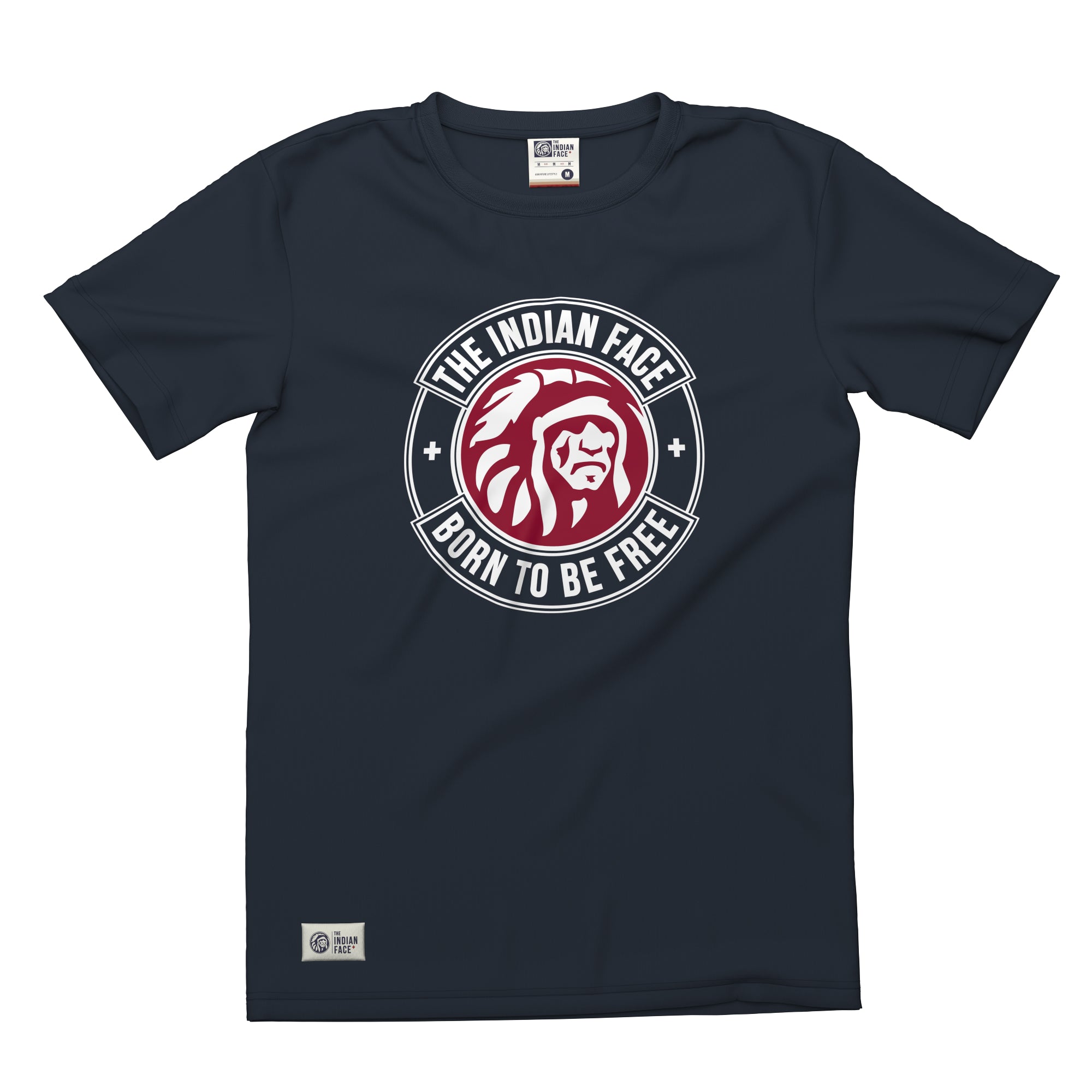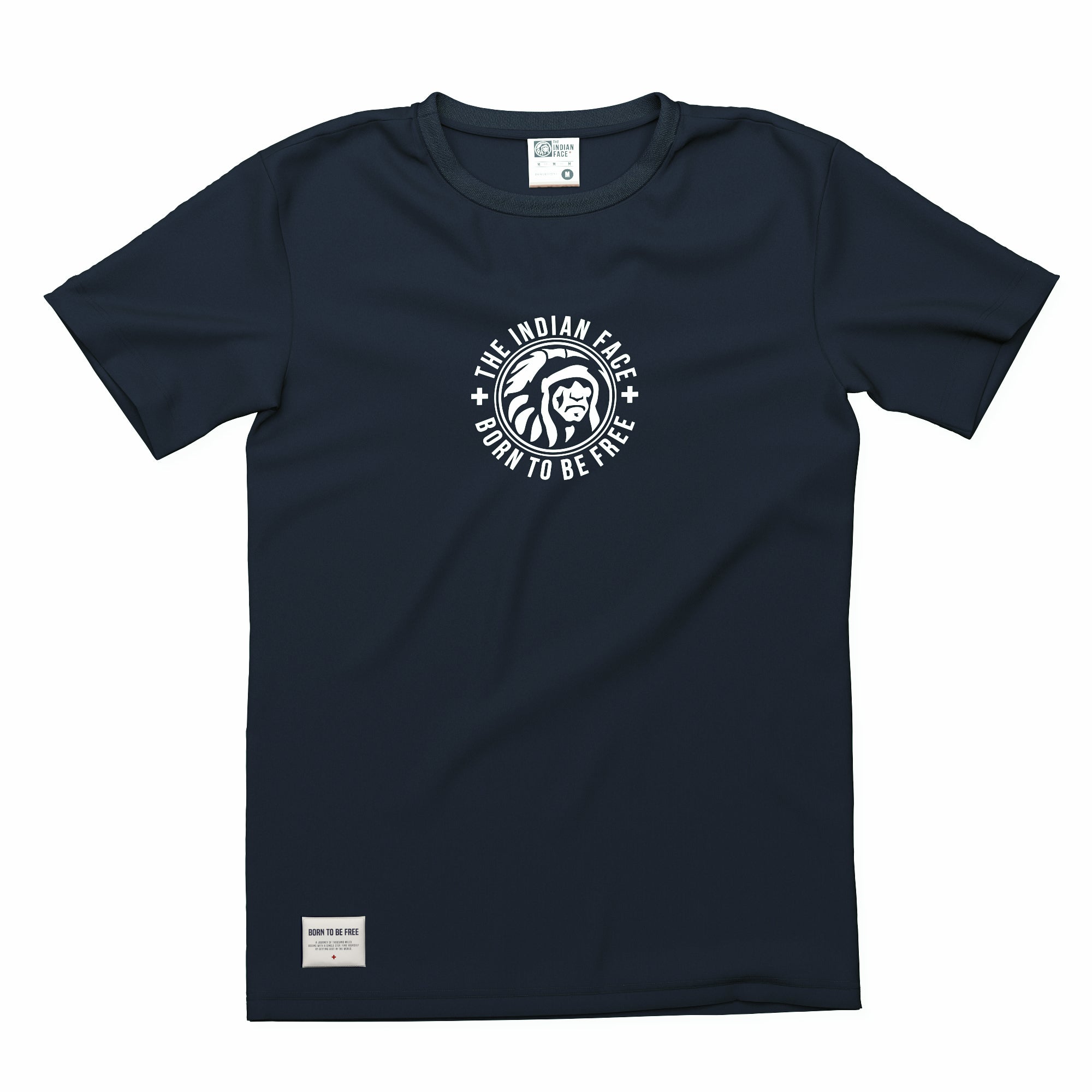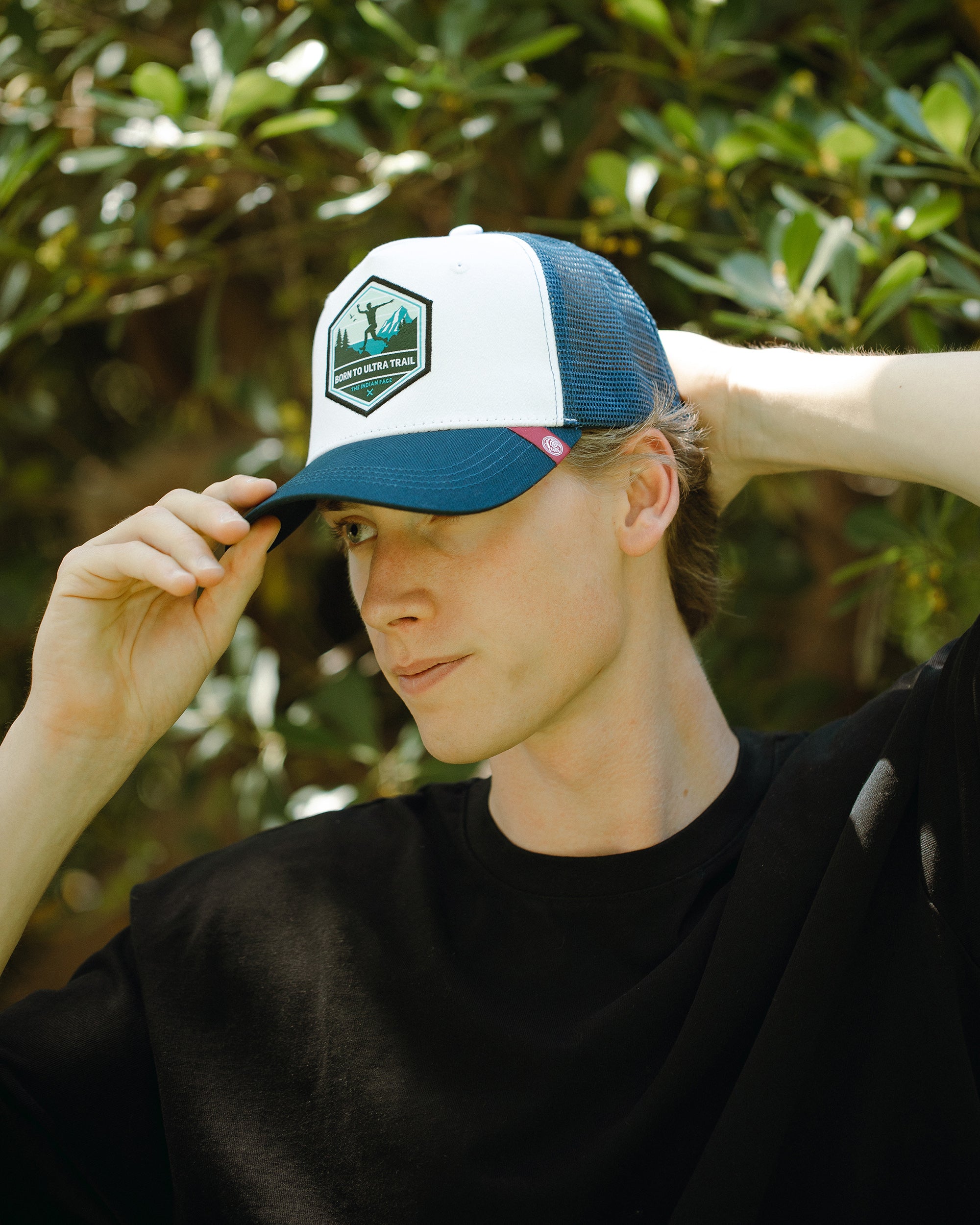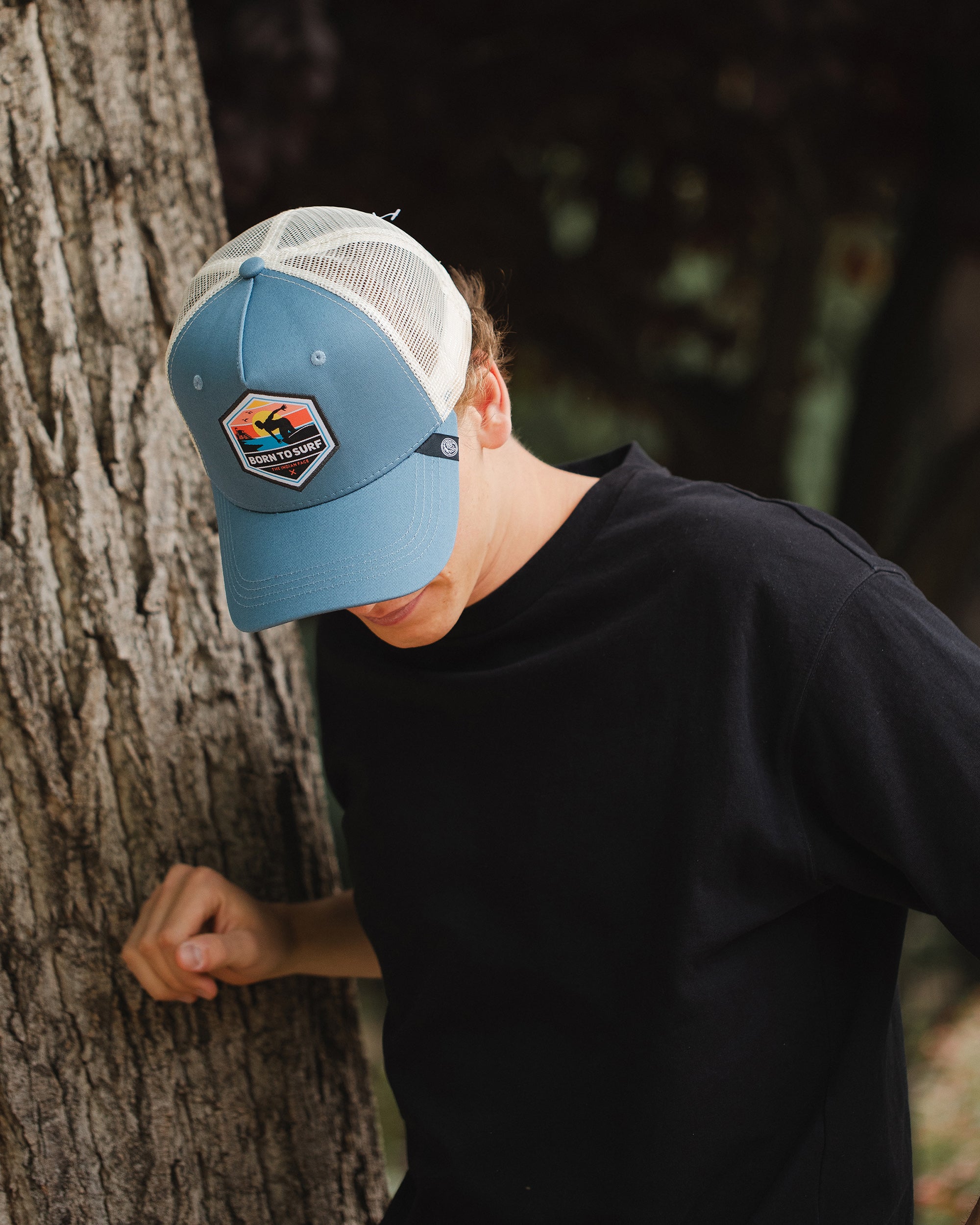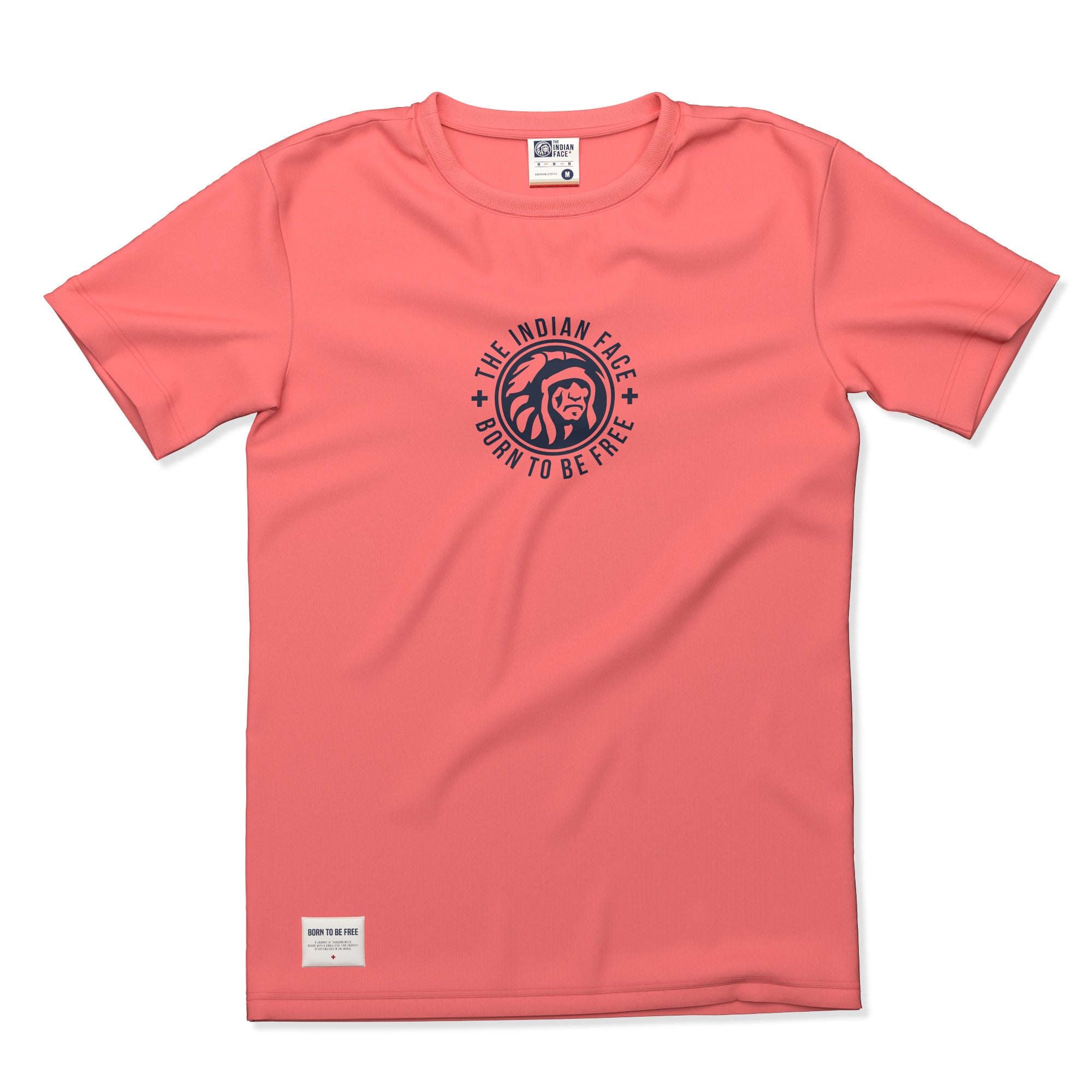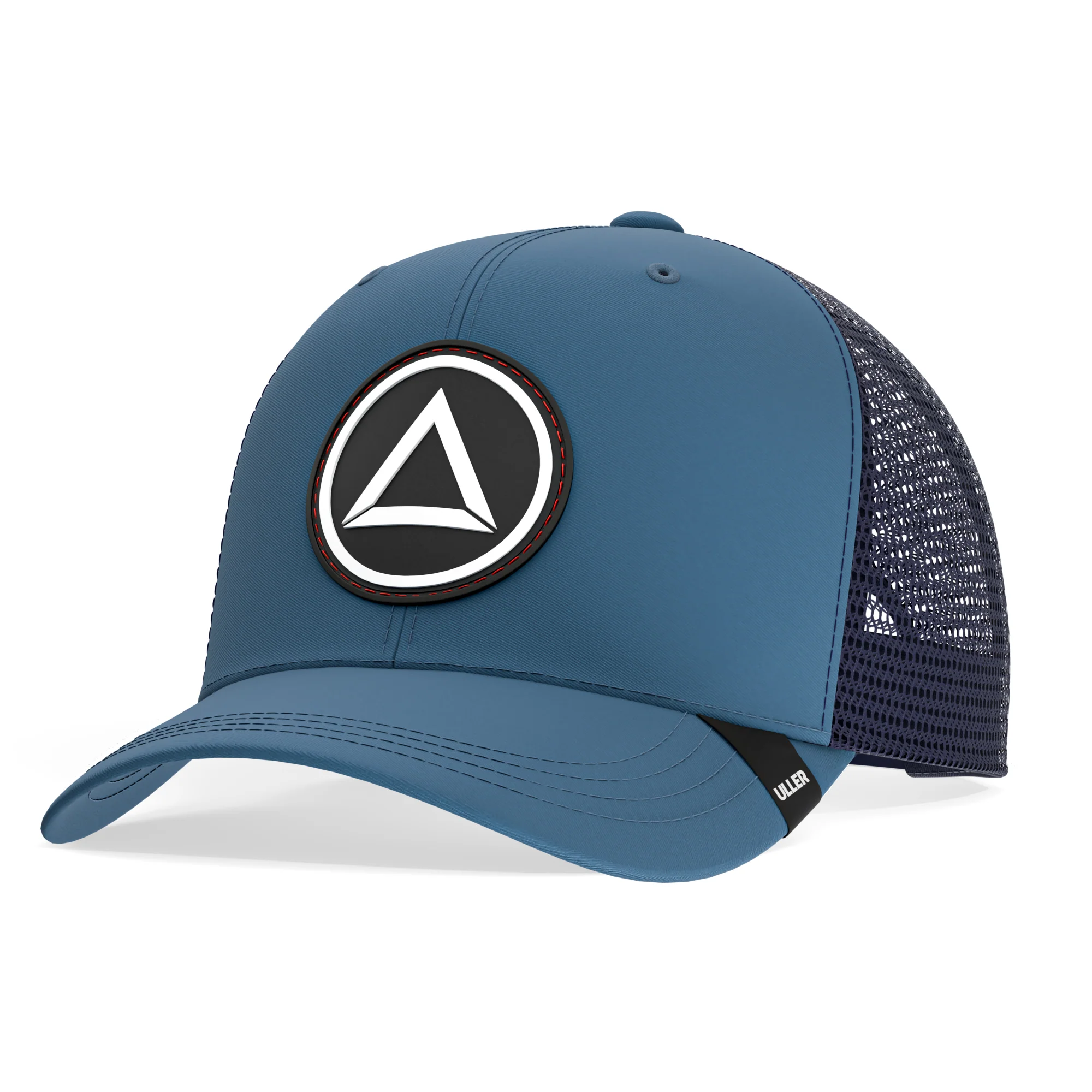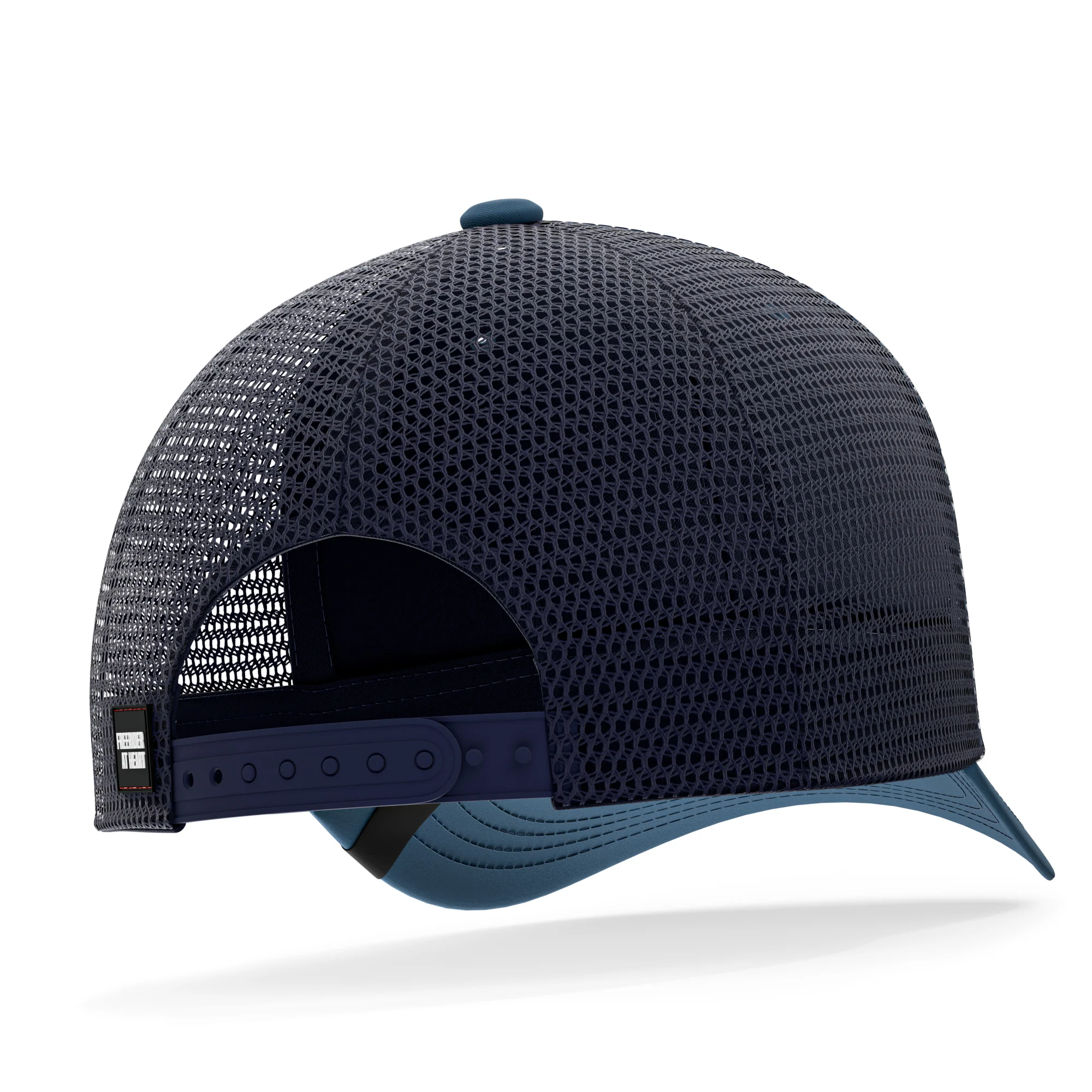SKI GOGGLES: HOW TO CHOOSE YOUR SKI GOGGLES?
Snow sports such as skiing and snowboarding are full of adventure, adrenaline and mobility. Those who practice these sports know how important it is to maintain discipline, and how essential it is to wear the right equipment, because weather conditions are a very relevant factor.
Remember that these are sports with a certain risk, and that is why we must protect ourselves adequately!

MOST IMPORTANT PURCHASE CRITERIA TO FOLLOW IF YOU BUY SKI GOGGLES
Having good vision when practicing these disciplines in the snow will guarantee you better mobility and visual range. For this reason, it is important that we choose the ski goggles appropriate ones that fit our needs.
It is best to look for ski goggles with high technical features that guarantee better performance and flexibility when practicing.

TIPS FOR CHOOSING YOUR SKI MASK
- Eye protection is important. Your glasses must have 99% or 100% protection to really protect you.
- They must have UV-400 protection. This filter will protect you from UV rays completely, including UVA and UVB rays. This means that your glasses or ski mask will block any ultraviolet rays with a wavelength less than 400 nanometers.
- Choose ski goggles with interchangeable magnetic lenses. This will allow you to use the most suitable lens according to the weather and lighting conditions, choosing the category that best suits you since you will be able to exchange lenses very easily.
- Look for sunglasses that have an “Antifog” or “Antifog” system.They will help you avoid fogging when you need it most.
- Choose ski goggles with an internal ventilation system. If they have anti-condensation technology, they will allow progressive air recirculation and guarantee better visibility.
- Buy snow goggles that fit your face properly. Choose ski goggles with anti-slip straps to keep them secure on you and your helmet. It's very important to make sure your goggles fit properly with your helmet - once you've put them on - before you head out onto the snow.
- Choose lightweight glasses. Materials such as thermoplastic polyurethane will help you achieve maximum quality and lightness.

BENEFITS OF SKI GOGGLES
The lighting in snowy areas is tremendous, especially in winter when the sun is lower in the sky. The sun's rays fall at an uncomfortable angle that is harmful to the eyes under these conditions. It is also important to bear in mind that the snow will reflect this light, so the light will hit you from all sides. It will be essential to protect your vision with the right ski goggles.
It is important to consider that your ski and snowboard goggles comply with ISO standards to protect you correctly and are CE certified, complying with European safety standards.
The best ski and snowboard goggles will protect you on both sunny and cloudy days. It is important that they cover your face properly, including the side areas.
Ski goggles will not only protect your eyes from solar radiation, they will also help you perform during your physical activity, because they will improve your visibility.

THE LENSES OF YOUR SKI GOGGLES DO MATTER
Do you know the categories of lenses according to its light transmission?
There are filter categories on your ski goggles lenses that we need to take into consideration. This filter number ranges from CAT0 to CAT4, and indicates the amount of light absorption (as opposed to radiation absorption) they provide, and also how dark they are.
- Category 0: Its light transmission filters from 80% to 100%. These crystals are practically transparent. They can be colorless or have a very light and soft color. Their use is mainly aesthetic.
- Category 1: Its light transmission filters from 43% to 80%. It is light-coloured and ideal for use when the light is low, and to avoid discomfort caused by outside light in practically any circumstance.
- Category 2: Its light transmission filters from 18% to 43%. They are moderately dark, suitable for cases of medium luminosity.
- Category 3: Their light transmission filters from 8% to 18%. They are dark enough to feel completely comfortable under the sun and at peak times. They have the ideal level of darkness for outdoor sports, when the light intensity is medium to intense.
- Category 4: Their light transmission filters from 3% to 8%. They are really dark. In fact, they are the darkest of all the categories, which is why they are not allowed for use when driving. They are used in bright conditions where category 3 lenses are not sufficient.
So remember!
The next time you choose your ski goggles Take these tips into account
and share it with your ski buddies.


